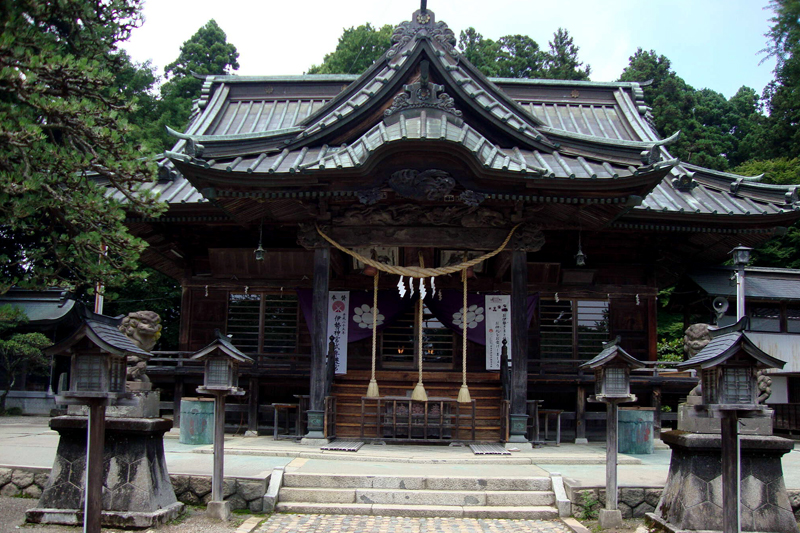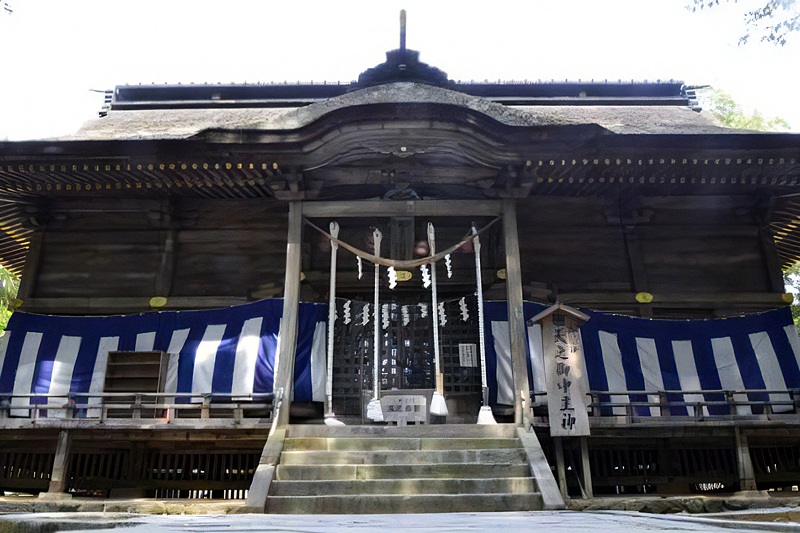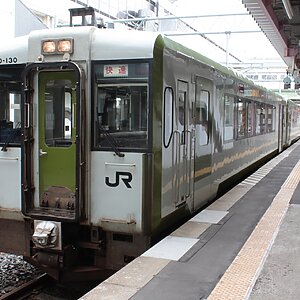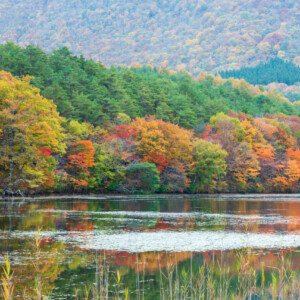
[Soma City, Fukushima Prefecture] A brave festival where cavalry warriors compete. “Soma Nomaoi” has a history of over 1000 years
table of contents
- 1 400 mounted warriors engage in deadly combat
- 2 "Soma Nomaoi" Schedule
- 3 The history of Soma Nomaoi dates back to the Heian period
- 4 Soma Nomaoi, which overcame the threat of extinction, has been revived in a new form
- 5 The three shrines known as the Soma Myoken Sansha and Hibarigahara Festival Grounds
The Soma region of Fukushima Prefecture is home to the Soma Nomaoi, a brave festival said to have a history of over 1,000 years, in which mounted warriors dressed in armor compete. Held over three days on the last Saturday, Sunday and Monday of July each year, the festival draws an enthusiastic crowd of 200,000 people, and features events such as the Armor Horse Race, the Battle for the Sacred Flag and the Nomakake. Soma Nomaoi has been designated an Important Intangible Folk Cultural Property of Japan
400 mounted warriors engage in deadly combat
"Soma Nomaoi" is a festival that was held in the territory of the Soma Nakamura Domain (Oshu Nakamura Domain, Nakamura Domain, Soma Domain, Mutsu Nakamura Domain, Oshu Soma Nakamura Domain), which ruled this area during the Edo period, and is located in the northern part of the Hamadori area of present-day Fukushima Prefecture
- Soma City
- Minamisoma City
- Namie Town
- Futaba Town
- Okuma Town
- Iitate Village
- Katsurao Village
It roughly overlaps with two cities, three towns and two villages
The Soma Nakamura clan divided its territory into districts (go), and mounted warriors from each district participated in the festival as attendants to the portable shrine of the local shrine
- Udago (Soma City)
- Kitago (Kashima Ward, Minamisoma City)
- Nakanogo (Haramachi Ward, Minamisoma City, Iitate Village)
- Odakago (Odaka Ward, Minamisoma City)
- Shineha-go (Namie Town, Futaba Town, Okuma Town, Katsurao Village)
These five towns will compete for supremacy

The shrine of the local god
- Soma Nakamura Shrine (the guardian deity of Uta-go and Kita-go)
- Soma Ota Shrine (the guardian deity of Nakanogo)
- Soma Odaka Shrine (the guardian deity of Odaka and Shioha districts)
The festival begins when a total of about 400 mounted warriors gather at the local shrine, which is the three shrines known as the Soma Myoken Sansha
"Soma Nomaoi" Schedule
The Soma Nomaoi is held every year for three days and consists of the following events:
- Day 1: Departure and evening ride
- Day 2: Main Festival
- Day 3 Nomagake
We will introduce highlights from each of the first, second, and third days
Day 1: Departure and evening ride
[Departure]
They gather at their local shrines from just after 8am until noon, then set off for the main festival venue, Hibarigahara Festival Grounds (Haramachi Ward, Minamisoma City)

The commander-in-chief has been the head of the Soma Nakamura clan for generations, and the departure ceremony is held at Soma Nakamura Shrine
[Evening Ride]
After the horse procession arrives at the Hibarigahara Festival Grounds, a ceremony to purify the horse field is held, followed by the "Evening Horse Race," a preliminary event to the "Armor Horse Race" the following day
Day 2: Main Festival
[Queue]
The mounted warriors gather in Ogawacho, Minamisoma City in the morning and then walk through the town towards the Hibarigahara Festival Grounds

The "procession," in which armored warriors ride decorated horses and parade in formation with the Nakanogo forces at the front, is truly a magnificent picture scroll of the times
[Armored Horse Racing]
The mounted warriors gather at the Hibarigahara Festival Grounds, and at noon the signal of a conch horn sounds, starting the "Armor Horse Race."

Warriors wearing armor and white headbands mount horses and gallop around the 1,000m arena, carrying flags passed down from their ancestors. The competition varies depending on the number of horses participating, but there are usually around 10 races, with around 10 horses competing in each race
[Sacred Flag Battle]
While the excitement of the "Armored Horse Racing" is still going strong, another highlight, the "Sacred Flag Battle" begins

Hundreds of mounted warriors compete to grab two sacred flags that have been launched high into the air by fireworks. There are a total of 40 sacred flags, and the "Sacred Flag Battle" is held 20 times, bringing the festival to a climax
Day 3: Nomagake
On the third day, an important Shinto ritual, "Nomakake," takes place at Soma Odaka Shrine. The origin of the ritual is that wild horses are captured and offered to the gods. After the ritual and dedication dance, "Nomakake" begins just after 10:00 AM

Dozens of mounted warriors chase bareback horses into the former Odaka Castle, where they are captured by young men known as okobito, dressed in white robes and headbands, with their bare hands and offered to the gods. The ancient "Nomakake" event is one of the reasons why the "Soma Nomaoi" festival has been designated an Important Intangible Folk Cultural Property of Japan
The wild horses are safely dedicated at the Nomakake, the annual festival ceremony is held, and the three-day Soma Nomaoi comes to an end just before noon
The history of Soma Nomaoi dates back to the Heian period
The origins of the Soma Nomaoi date back to the end of the Heian period, about 1,000 years ago. Taira no Masakado (903?-940), a powerful samurai who ruled the Kanto region at the time, held military exercises (Nomaoi) using the wild horses that were abundant in Koganehara, Shimousa Province (around Kamagaya, Matsudo, Kashiwa, and Nagareyama in Chiba Prefecture) as enemy soldiers. Horses captured during these exercises would be dedicated to the local deity, Myoken-sama (a faith that worships Myoken Bosatsu as its principal deity and was widespread throughout Chiba Prefecture). Later, Nomaoi was passed down to the Soma clan (Shimousa Soma clan), whose territory was Soma County in Shimousa Province, and when some of the Shimousa Soma clan moved to Oshu Namekata County (around Minamisoma City, Fukushima Prefecture), the festival began to be held in Oshu

However, during the Edo period, the shogunate banned military training by feudal domains across the country. Although Nomaoi also had a strong military training aspect, it was exempted from regulation under the pretext of being a "religious ritual to dedicate a sacred horse to Myoken Shrine," and continued until the Meiji Restoration
Soma Nomaoi, which overcame the threat of extinction, has been revived in a new form
After the Meiji Restoration, Nomaoi disappeared for a time, but in 1878 (Meiji 11), it was revived as a joint religious ceremony of Soma Nakamura Shrine, Soma Ota Shrine, and Soma Odaka Shrine, sponsored by the Oshu Nakamura Domain. The "Sacred Flag Battle" is an event that began around that time, and instead of chasing and capturing wild horses, a sacred flag is used as a horse and a battle ensues
"Armor Horse Racing" is a sport that was born after World War II. Originally, Nomaoi had a strong military element, but it was started after the war to tone down the military overtones. "Armor Horse Racing" became a symbol of the festival of peace. The first event was held in 1948 (Showa 23)
The Soma Nomaoi has been in danger of being canceled many times over its more than 1,000-year history, most recently due to the Great East Japan Earthquake and the COVID-19 pandemic
Soma Nomaoi INFORMATION
- Dates: Last Saturday, Sunday, and Monday of July
- Locations: Soma Nakamura Shrine, Soma Ota Shrine, Soma Odaka Shrine, Hibarigahara Festival Grounds, and various locations in Minamisoma, Iitate Village, Namie Town, Futaba Town, Okuma Town, Katsurao Village, and Shinchi Town in Soma County, all in the Soso region of Fukushima Prefecture
- For inquiries, please contact: Soma Nomaoi Executive Committee
- Phone number: 0244-22-3064 / 0244-24-5263
- Official URL: https://soma-nomaoi.jp/
The three shrines known as the Soma Myoken Sansha and Hibarigahara Festival Grounds
The Soma Nomaoi begins with the people gathering at the three Soma Myoken shrines, which are the guardian deities of each village, and marching out to the Hibarigahara Festival Grounds, the main venue of the festival. What kind of places are the three shrines involved in the Nomaoi and the Hibarigahara Festival Grounds?
Soma Ota Shrine
It is said to have begun in 1321 when Lord Soma Magogoro Shigetane, the ancestor of the Mutsu Soma clan, moved to this area from Shimousa Province and built a shrine to worship Myoken-jin, the clan deity he revered

He has been worshipped for generations as the clan deity of the Soma clan of Nakamura Domain, and is still worshipped today as the guardian deity of cattle, horses, and livestock
INFORMATION
- Name: Soma Ota Shrine
- Address: 143 Nakaota Tatekoshi, Haramachi Ward, Minamisoma City, Fukushima Prefecture
- Phone number: 0244-23-2058
GOOGLE MAP
Soma Odaka Shrine
This shrine stands on the site of Odaka Castle, the former base of the Soma clan. It is said that when the Soma clan moved to this area and built a castle in Odaka in 1332, they also moved the Myokenjin shrine that they had enshrined in Ota into the castle

Even after the castle was abandoned in 1611, it was enshrined as Myokensha Shrine, but after the war it was renamed Soma Odaka Shrine
This is the place where the most important Shinto ritual of the Soma Nomaoi, "Nomakake," takes place
INFORMATION
- Name: Soma Odaka Shrine
- Address: 13 Kojo, Odaka Ward, Minamisoma City, Fukushima Prefecture
- Phone number: 0244-44-2323
GOOGLE MAP
Soma Nakamura Shrine
It all began when the Soma clan, who were based in Odaka Castle, moved their castle to Soma-Nakamura in 1611 and Myoken Shrine, which had been enshrined within Odaka Castle, was also moved to Soma-Nakamura Castle

Not only has it been revered as the guardian deity of the Soma family for generations, but it also stands to the west of the Nakamura Castle ruins as the main guardian deity of the Soma region
INFORMATION
- Name: Soma Nakamura Shrine
- Address: 140 Kitamachi, Nakamura, Soma City, Fukushima Prefecture
- Phone number: 0244-35-3363
GOOGLE MAP
Hibarigahara festival ground
Hibarigahara Festival Grounds is where the Soma Nomaoi ritual, the armored horse races and the sacred flag battle take place, and is the main venue for the festival

At first glance, it looks like a vast sports field, but there are also horse stables and a box for horse manure, which shows that it is a land used exclusively for the Nomaoi festival
It is managed as an outlying area of Soma Nakamura Shrine, Soma Ota Shrine, and Soma Odaka Shrine, and outside of the festival period, you can sometimes see Nomaoi practice sessions
INFORMATION
- Name: Hibarigahara Festival Ground
- Address: 4-13-27 Hashimotocho, Haramachi-ku, Minamisoma City, Fukushima Prefecture
- For inquiries, please contact: Soma Nomaoi Executive Committee
- Phone number: 0244-22-3064 / 0244-24-5263



![[Minamisoma City, Fukushima Prefecture] Follow in the footsteps of the Oshu Soma clan, who fostered a unique culture for 800 years 3669785_m](https://jp.neft.asia/wp-content/uploads/2022/08/3669785_m-150x150.jpg)
![[Tohoku Six Prefectures] Enjoy Tohoku's summer festivals to the fullest! ~Summer Festival Complete Guide~ 4583385_m](https://jp.neft.asia/wp-content/uploads/2023/07/4583385_m-150x150.jpg)
![[Soma City, Fukushima Prefecture] Enjoy spring! Enjoy strawberry picking at Wada Kanko Strawberry Farm ichigo5](https://jp.neft.asia/wp-content/uploads/2023/02/ichigo5-1-150x150.jpg)
![[Serialization: Following the narrow path in the back part 2] After arriving in Miyagi Prefecture, Basho and Sora aim for Sendai, the capital of forests. Oku no Hosomichi 2](https://jp.neft.asia/wp-content/uploads/2023/09/f05201ee29d975b84ec437a8b76f2b98-150x150.jpg)

![[Namie Town, Fukushima Prefecture] What is the traditional craft "Ohori Soma Yaki"? Introducing functional beauty that continues to show off people and a revival story 1350018_m](https://jp.neft.asia/wp-content/uploads/2025/01/1350018_m-150x150.jpg)











